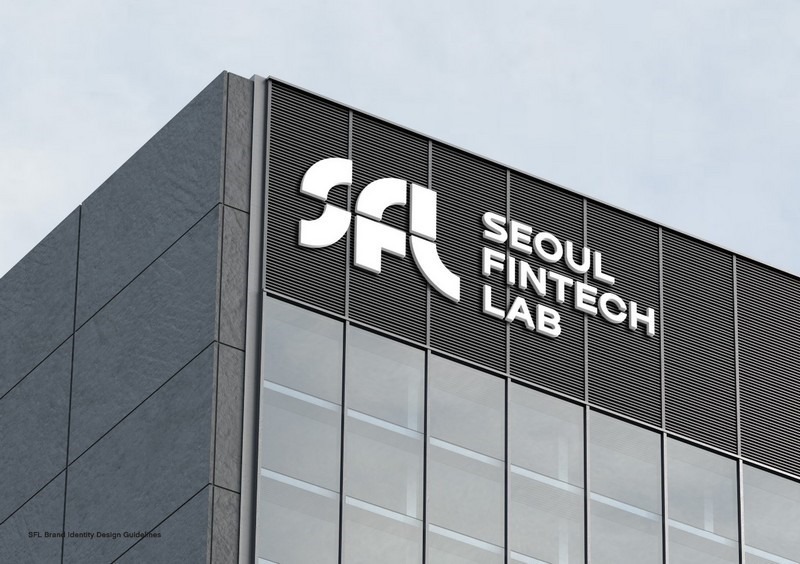Decentralized Finance (DeFi) has emerged as a transformative force in the financial world, revolutionizing how people interact with money and financial services. The first phase of DeFi brought about significant advancements in lending, borrowing, and decentralized exchanges, yet it’s rapidly evolving towards a more sophisticated and complex stage – DeFi 2.0. This article aims to explore the evolution, challenges, and the potential future of DeFi beyond its initial scope.

Table of Contents
ToggleThe Evolution of DeFi:
- Interoperability and Layer 2 Solutions: DeFi 2.0 is witnessing increased interoperability among various blockchain networks and protocols. Layer 2 solutions are being embraced to address scalability issues and reduce transaction costs, thereby enhancing the overall efficiency of DeFi applications.
- Expansion of Use Cases: Beyond the primary lending and borrowing functions, DeFi 2.0 is diversifying into new use cases. These include insurance, derivatives, asset management, identity verification, and more, broadening the spectrum of financial services available in a decentralized manner.
- Tokenization of Real-World Assets: The tokenization of real-world assets, such as real estate, art, and commodities, is becoming a significant trend in DeFi 2.0. This innovation allows for fractional ownership and increased liquidity, paving the way for a more inclusive and accessible investment landscape.
Challenges Facing DeFi 2.0:
- Regulatory Uncertainty: As DeFi applications evolve and expand, regulatory scrutiny is intensifying. The decentralized nature of these platforms poses a challenge in terms of compliance with existing financial regulations, leading to uncertainty and potential hurdles in their widespread adoption.
- Security and Auditing Concerns: With the proliferation of new DeFi protocols and applications, security vulnerabilities and smart contract risks become more prevalent. Continuous auditing and robust security measures are crucial to safeguard user funds and maintain trust in the ecosystem.
- Scalability and User Experience: While efforts are made to enhance scalability through Layer 2 solutions, user experience remains a concern. Issues such as transaction speed, cost, and user interfaces need continuous improvement to match traditional financial services.
The Future of DeFi 2.0:
- Integration with Traditional Finance: DeFi 2.0 is expected to move towards greater integration with traditional financial institutions. This could involve collaborations, mergers, or interoperability solutions, aiming to combine the benefits of decentralization with the reliability and stability of traditional finance.
- Focus on Sustainability and Governance: The future of DeFi lies in fostering sustainable practices and robust governance models. As the ecosystem grows, emphasis on environmental impact, transparency, and community-driven governance structures becomes paramount.
- Global Financial Inclusion: DeFi 2.0 holds the promise of expanding financial inclusion on a global scale. By providing access to financial services without the need for traditional intermediaries, it can empower individuals in underserved regions and communities.
Conclusion: DeFi 2.0 represents a significant leap in the evolution of decentralized finance, expanding its horizons and creating a more comprehensive and inclusive financial ecosystem. While it offers immense potential, overcoming regulatory, security, and scalability challenges will be crucial in realizing its full capabilities. The future of finance seems destined for a paradigm shift, as DeFi continues to redefine and reshape the way we perceive and interact with money and financial services.












